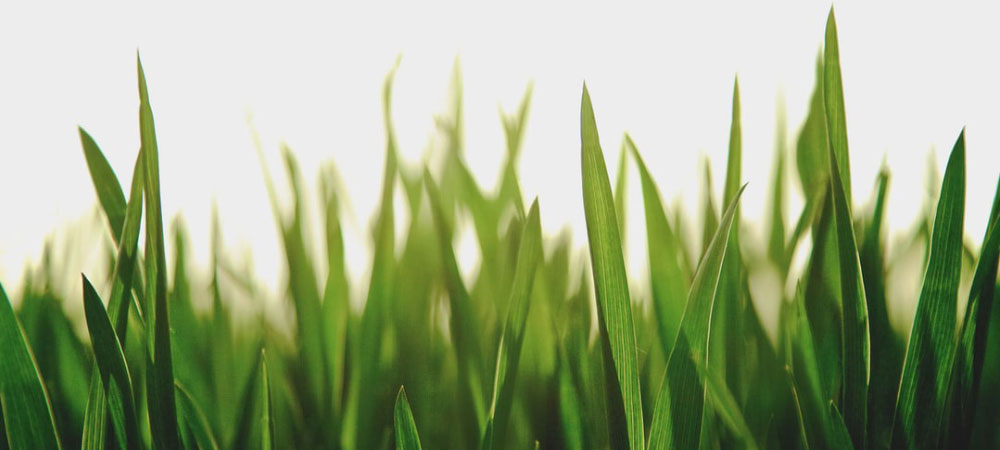5 Reasons You May Struggle Through Grass Allergies

Feeling itchy and sneezy this time of year? From late spring to early summer, our world turns greener and brighter as trees, grass and flowers bloom – causing a collective “achoo!”
Grass can cause a lot of issues for those who are allergic because it’s such a versatile allergen – it has a sticky pollen, it’s difficult to avoid, direct contact is possible, and more. Read on to learn more about why grass allergies are so bothersome to so many.
1. Grass has pollen
It’s too small to see, but grass does create pollen similar to allergens like trees, ragweed and other weeds. Pollen circulates through the air and when inhaled, symptoms arise, including:
- Runny nose
- Itchy, watery eyes
- Sore throat
- Headache
There are some measures you can take to minimize being exposed, like keeping your windows shut and wearing sunglasses when outside. But avoiding it and its related symptoms completely is nearly impossible.
2. Direct contact is nearly unavoidable
With most environmental allergies, you won’t have direct contact. Typically, people aren’t picking ragweed or touching mold, but grass can be a more hands-on allergen – walking barefoot, sitting on the lawn, golfing a round, falling to the ground while playing football.
Not only does it get into your nose and eyes more easily, but some people experience contact dermatitis after direct contact with grass. This could be a rash or skin irritation that appears after contact, making grass an even more annoying allergen.
3. Grass pollen is sticky
Grass pollen is sticky. First, you’re outside and pollen is circulating through the air; it sticks to clothing, shoes, and hair. Then, you walk in your home and track the pollen and related symptoms inside with you. This gives you a constant exposure, with no break from grass allergy symptoms.
4. Cutting the grass doesn’t always help
Experts say that keeping the grass short can help keep allergies low. Unfortunately, actually mowing the lawn can kick grass pollen into the air, temporarily creating more symptoms. Other allergens that live in the grass – like mold – can circulate and cause an even bigger allergy mess.
If you have severe grass allergies, it’s best to pass the chore of mowing the grass on to someone else.
5. Certain foods cause reactions
One of the lesser known side effects of an allergy to grass pollen is Oral Allergy Syndrome. Those allergic to grass can experience mild mouth and throat itching after eating certain fresh fruits and vegetables, including these and many others:
- Legumes including peas, all beans, and soybeans
- Apple
- Carrot
- Celery
- Tomato
- Zucchini
These reactions occur because the raw fruits and veggies have similar protein structures to grass pollen, so the body can misinterpret the food and respond with an allergic reaction.
How can I feel better?
There are three options for reducing symptoms. You can choose one, two, or all of these measures for best results.
- Eliminate exposure by following these tips.
- Treat your symptoms temporarily with antihistamines, nasal rinses and topical creams.
- Build long-term tolerance to grass allergies over time with immunotherapy.
Allergychoices helps connect patients to providers that offer custom allergy drop immunotherapy to treat the cause of environmental allergies. Allergy drops are tailored to each patient’s specific level of sensitivity, with gradually increasing doses that train the body to not react to offending allergens. It’s an allergy treatment that can help you fully enjoy spring and summer for the years to come without the perpetual need for medications.
Environmental allergies aren’t something you have to struggle with each year. Consider treating the cause for long-lasting relief.



